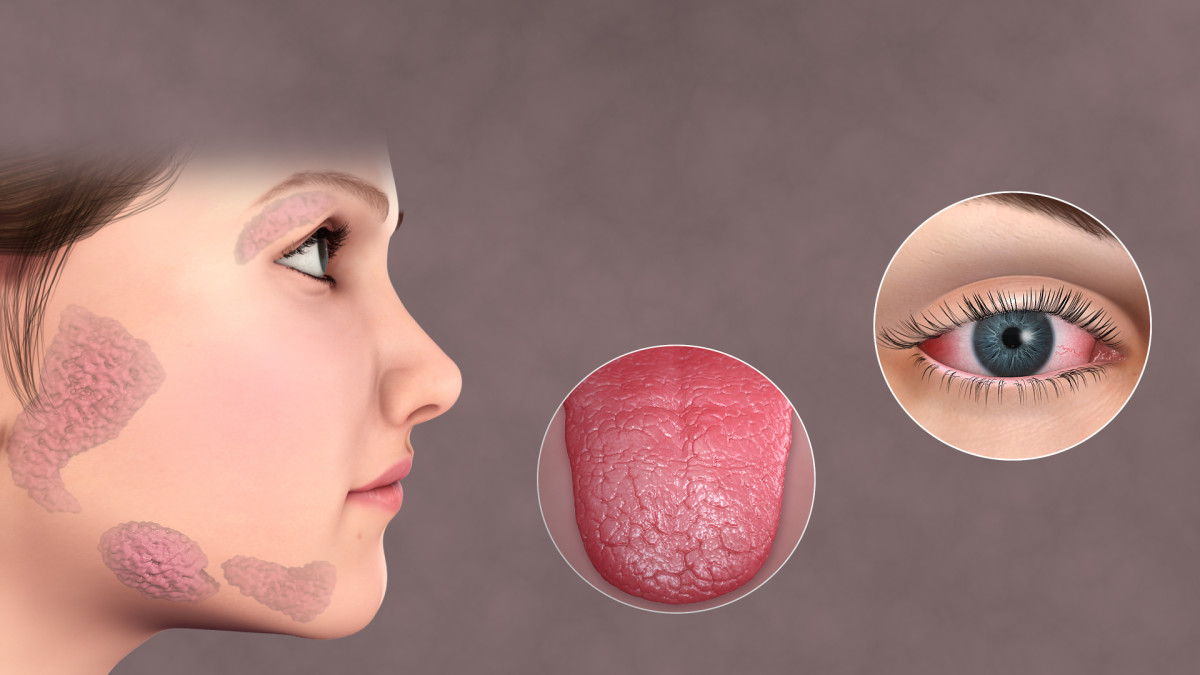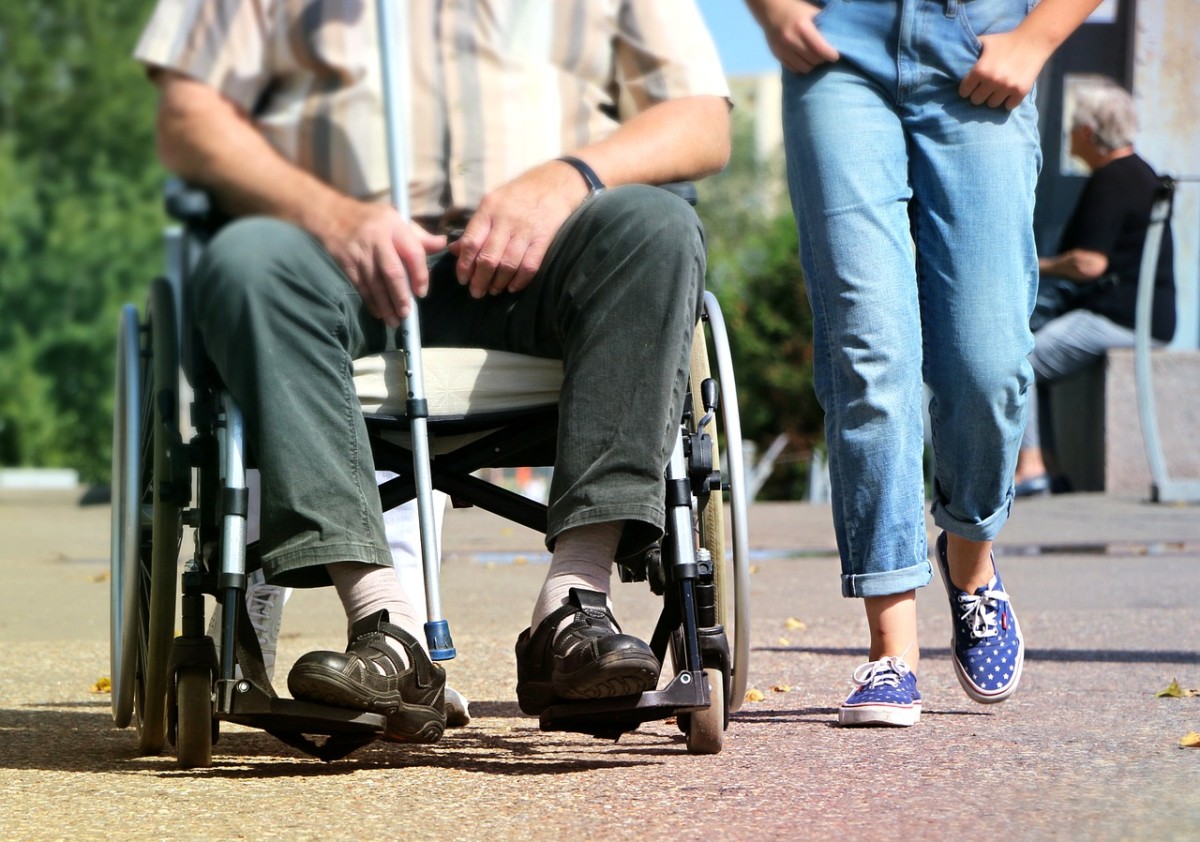CBD Oil For Restless Leg Syndrome: Is It Worth It?

Some people love to move around and be always on the go. Moving around makes them feel more active and healthier unlike when only seated all day.
However, there are instances where you feel the urge to move around due to discomfort. Yes, there is such a thing -- a condition called Willis-Ekbom disease or known as Restless leg syndrome (RLS).
What is RLS?
Restless legs syndrome makes a person uncomfortable and often feel the urge to move around. This condition intensifies especially during bedtime. Moving around helps in easing the uncomfortable feeling, but usually goes back when you rest or lie down to rest. Hence, the reason why this medical condition named as such.
Restless leg syndrome can happen regardless of one’s age. However, RLS symptoms usually worsen with age. Not only can it affect the quality of your sleep but also the quality of life in general.
Aside from the constant urge to always get moving, other symptoms of RLS also include leg twitching, especially during night time. As mentioned, those who suffer from the symptoms of restless leg syndrome also experience sleep disorders.
People with RLS usually experience itchy, throbbing, or even painful sensations when they are not able to move their legs. Other unpleasant sensations are hard to describe but still provide discomfort nonetheless. In rare cases, some RLS patients also experience these same symptoms in their arms.
Who is more at risk of acquiring RLS?
A lot of people do not pay attention to the symptoms and opt to live with the discomfort instead. But the more you ignore the symptoms, the more you might suffer from frequent sleepiness and affect your health in general. That is why it is best to consult a doctor to help manage your condition and get treated the soonest.
You are at a higher risk of having RLS if it runs in your genes. Meaning, if your parents or a direct relative has it, chances are you can have it as well. Pregnant women might also experience severe RLS but disappear after they give birth. Restless leg syndrome may also be accompanied by other medical conditions including:
-
Kidney problems
-
Peripheral neuropathy (maybe because of certain chronic pain and disease like diabetes)
-
Spinal cord problems (which also causes back pain aside from restless leg syndrome)
Meanwhile, those with Parkinson’s Disease may also be more likely to experience leg restlessness. It is similar to restless leg syndrome although the symptoms can either be less or worse than the latter.
What does the research say about CBD oil for RLS?
Having this condition can be debilitating, if not incapacitate you. The symptoms may not be as life-threatening. But as mentioned, it can affect the quality of life. Those who have this condition often experience sleep disorders due to the effects of RLS.
For one thing, CBD oil is derived from cannabis which is also called medical marijuana or medical cannabis. CBD products usually do not have cannabinoids or THC which provides that hallucinogenic effect that marijuana is known for. On the contrary, using or taking CBD products can make you lethargic or tired when taken in large doses.
There are two kinds of cannabis: Indica and Sativa. Both of these cannabis strains are commonly used for recreational and medical reasons. Indica cannabis is said to help in alleviating the impact of insomnia. On the other hand, Sativas are said to help in boosting creativity, improve focus, and reduce the feeling of stress.
Several studies about medical cannabis often pay attention to its CBD and THC levels. However, there is another compound in medical marijuana that can be as important: the terpenes. The terpenes are responsible for the marijuana plant’s scent and a major influence on a specific marijuana strain’s effects.

How does CBD help with RLS?
One of the most noted effects of CBD is that it can help relieve and tame the nerves that cause those familiar RLS symptoms. Also, CBD for restless leg syndrome is said to aid in better sleep.
Several clinical trials showed that it can also aid in alleviating neurological disorders, including Parkinson’s disease. CBD can also do wonders on one’s nervous system and your endocannabinoid system. Likewise, it is also said to help provide relief for those suffering from fibromyalgia.
In the United States, about 10 percent suffer from this medical condition. Unfortunately, there is no definite treatment for restless leg syndrome. On the bright side, CBD or cannabidiol oil is shown to help provide relief from RLS symptoms. CBD oil can also help alleviate chronic pain, inflammation, and even anxiety.
How to use CBD for RLS?
One popular form of CBD is in gummy form and taken with a tincture that is placed under the tongue. For those who are into vaping, you can also find flavored vape juices with CBD extract.
Another popular product that contains CBD oil includes nasal sprays and should work similarly to nasal sprays intended for colds. You can even use CBD as an ingredient in your cooking and baked products.
Check out this cookbook featuring CBD oil on their dishes. They are also available in different flavors depending on one’s preference and fancy.
What is the CBD dosage for RLS?
Like in other kinds of medications, you should also take note of the proper dosage when using CBD. For one thing, it is important to note that there are varying CBD oil concentrations. No wonder choosing the right CBD concentration levels can be confusing for first-timers.
CBD oils are usually available in 15 and 30 ml bottles. Each bottle usually has at least 100mg and as much as 5000mg of CBD oil. A milligram per serving can contain CBD oil amounts between around 3.3mg and 166.7mg.
To give you an idea, you need to determine several factors when taking the right CBD dosage. This includes taking into consideration your tolerance in case side effects occur, your body weight, and your expected results.
For example, those who are on the heavier side should take higher dosages than those who are on the lighter side of the scale. Meanwhile, those who experience severe RLS have to take higher dosages as well. For first-time CBD oil users, make sure to take lower dosages first. You can move on to a higher dosage when necessary.

This content is accurate and true to the best of the author’s knowledge and is not meant to substitute for formal and individualized advice from a qualified professional.
© 2020 Giselle R








